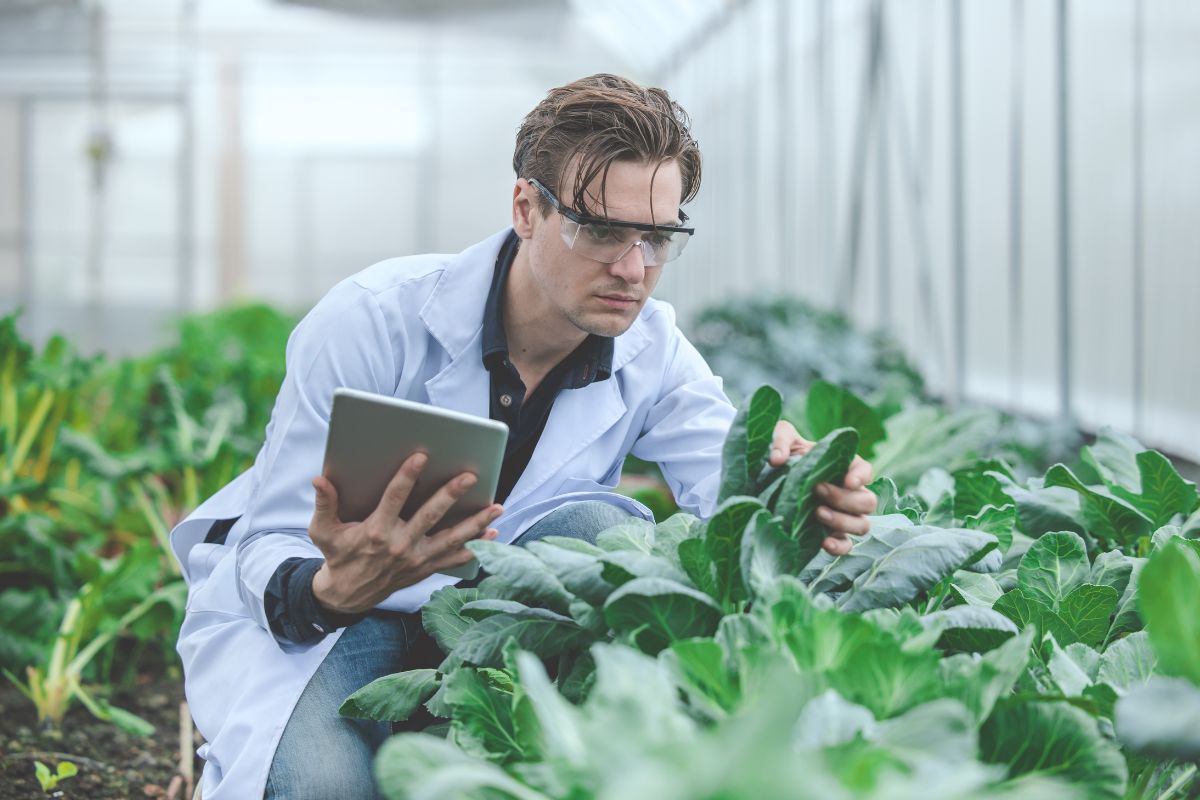How Is Biotechnology Used in Agriculture to Boost Crop Yields

Biotechnology is transforming agriculture into a more efficient, sustainable, and resilient system, helping to meet the nutritional needs of a growing global population. This revolutionary approach applies scientific techniques to modify plants, animals, and microorganisms, enabling crops to withstand environmental stresses, resist pests and diseases, and improve nutritional quality—all while reducing reliance on chemicals and conserving resources.
What Is Agricultural Biotechnology?
Agricultural biotechnology, often called AgTech or AgriTech, encompasses a broad range of advanced technologies such as genetic engineering, genome editing, micropropagation, molecular biology, and microbial soil enhancement. These tools enable precise improvements in crops and livestock that traditional breeding methods alone cannot achieve or would take much longer to develop. Biotechnology integrates knowledge in genetics, chemistry, robotics, and data science to really transform food production.
Key Uses of Biotechnology in Agriculture
1. Genetically Modified Crops
One of the most visible applications is the development of genetically modified (GM) crops. These are engineered by inserting specific genes from other organisms into crop DNA to confer desired traits. Examples include:
- Pest and disease resistance: GM crops like Bt cotton produce proteins toxic to certain insects, drastically reducing the need for pesticides.
- Herbicide tolerance: Crops engineered to tolerate specific herbicides simplify weed management.
- Abiotic stress tolerance: Some crops can endure drought, salinity, or extreme temperatures, enabling farming in previously challenging environments.
- Enhanced nutrition: “Golden Rice” is fortified with beta-carotene, addressing vitamin A deficiency in many populations.
By adopting such crops, farmers achieve higher yields, use fewer chemical inputs, and cope better with climate variability, supporting global food security.
2. Livestock Improvements
Biotechnology enhances animal husbandry through genetic selection and gene editing, allowing for animals with improved health, disease resistance, and productivity. This results in faster growth rates, better meat and milk quality, and reduced losses due to illness. Such techniques hold great promise for meeting the growing demand for animal-based foods while reducing environmental impacts.
3. Microbial Applications in Soil and Fertilization
Soil health is critical for sustainable agriculture. Biotechnology leverages microorganisms such as bacteria and fungi to enrich soil fertility, promote nutrient cycling, and suppress plant pathogens naturally. Biofertilizers and biopesticides derived from these microbes help reduce dependence on synthetic chemicals that can harm ecosystems. The result is improved plant growth, enhanced soil structure, and better environmental outcomes.
4. Improving Food Quality and Shelf Life
Biotechnological advances enable the enhancement of the food’s nutritional content and shelf life. Genetic modifications or molecular techniques create crops that stay fresh longer and retain nutrients, reducing food waste and extending market reach—critical benefits in a globalized food economy.
Advantages of Biotechnology in Agriculture
- Increased crop yields: Biotech crops consistently outperform conventional varieties under stress conditions, boosting productivity.
- Reduced chemical use: Pest-resistant and herbicide-tolerant crops minimize pesticide and herbicide applications, benefiting the ecosystem and human health.
- Climate resilience: Biotech enables cultivation in drought-prone or saline soils, helping farmers adapt to climate change.
- Nutritional enhancement: Crops biofortified with essential vitamins and minerals can alleviate malnutrition in vulnerable populations.
- Sustainability: Using microbial inoculants and bio-based products promotes organic farming principles, supports biodiversity, and reduces environmental degradation.
Challenges and Future Prospects
While agricultural biotechnology offers immense promise, it faces challenges including public concerns over genetically modified organisms (GMOs), regulatory hurdles, and the need to safeguard biodiversity. Scientists and policymakers emphasize outreach and education to address misconceptions and ensure ethical, safe deployment.
Emerging biotechnologies like CRISPR genome editing offer more precise, efficient ways to develop the next generation of crops and livestock. Continued research aims to develop plants with multiple stress tolerances, improved resource use efficiency, and even crops capable of producing pharmaceuticals. This cutting-edge science could lead to revolutionary advances in food security and environmental conservation.
Conclusion
Biotechnology in agriculture is a powerful driver of innovation that is reshaping the way food is produced worldwide. By enhancing crop performance, improving animal health, reducing chemical inputs, and supporting sustainable practices, it addresses the essential challenges of feeding a rapidly growing population under changing climate conditions. Embracing these scientific advances with responsible stewardship holds the key to a more secure and sustainable agricultural future.

